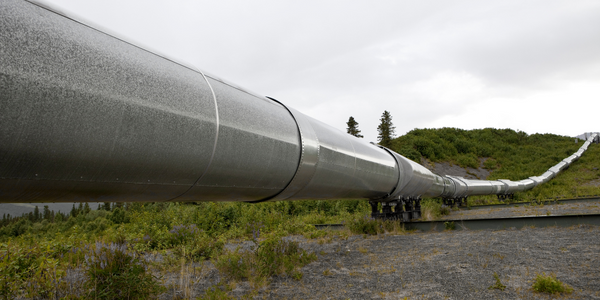Technology Category
- Analytics & Modeling - Machine Learning
- Infrastructure as a Service (IaaS) - Cloud Storage Services
Applicable Industries
- Buildings
- Oil & Gas
Applicable Functions
- Quality Assurance
Use Cases
- Real-Time Location System (RTLS)
- Time Sensitive Networking
Services
- Cloud Planning, Design & Implementation Services
- System Integration
About The Customer
AB Tasty is a France-based technology company that offers an all-in-one website optimization platform. The platform enables clients to understand their customer's journey through integrated user insight tools, test different website variations, engage their audience, personalize the on-site experience, and analyze the results. The company has grown since 2009 to become a global company with seven offices worldwide, processing over 17 billion visitors over that time. AB Tasty's platform adheres to relevant regulatory compliance guidelines and processes two billion events daily, which are actions carried out by a visitor on a website.
The Challenge
AB Tasty, a global company with seven offices worldwide, provides an all-in-one website optimization platform that enables its clients to make data-driven decisions to improve conversion rates. The company processes over 17 billion visitors and two billion events daily. An event is a message that corresponds to an action carried out by a visitor on a website, such as a click. However, AB Tasty's previous data architecture, hosted in the cloud with another provider, was not able to deliver the performance necessary for processing the two billion events that AB Tasty handles every day. The company reached a limit of one billion events a day and couldn't move above that, despite various attempts. The challenge was to find a solution that would enable them to scale up the storage volume and processing power while reducing the response time for queries.
The Solution
AB Tasty partnered with Google Cloud Partner SFEIR to build its data pipeline on Google Cloud. The data migration was done in two phases: first the data collection part, then the data analysis part. The entire process took 10 months with zero downtime. AB Tasty now stores raw data in Cloud Storage, aggregated by user session. They use Cloud Dataflow for both batch processing with Cloud SQL and streaming with Cloud Pub/Sub. The data feeds into BigQuery, where they can query across every user session of every client, amounting to 25 million user sessions a day. The company also set a goal of 50 milliseconds as an event response time, which they surpassed, achieving an average response time of around 30 milliseconds. This improvement allows them to offer an improved service to their customers in terms of processing data in close to real-time.
Operational Impact
Quantitative Benefit

Case Study missing?
Start adding your own!
Register with your work email and create a new case study profile for your business.
Related Case Studies.

Case Study
Taking Oil and Gas Exploration to the Next Level
DownUnder GeoSolutions (DUG) wanted to increase computing performance by 5 to 10 times to improve seismic processing. The solution must build on current architecture software investments without sacrificing existing software and scale computing without scaling IT infrastructure costs.

Case Study
Remote Wellhead Monitoring
Each wellhead was equipped with various sensors and meters that needed to be monitored and controlled from a central HMI, often miles away from the assets in the field. Redundant solar and wind generators were installed at each wellhead to support the electrical needs of the pumpstations, temperature meters, cameras, and cellular modules. In addition to asset management and remote control capabilities, data logging for remote surveillance and alarm notifications was a key demand from the customer. Terra Ferma’s solution needed to be power efficient, reliable, and capable of supporting high-bandwidth data-feeds. They needed a multi-link cellular connection to a central server that sustained reliable and redundant monitoring and control of flow meters, temperature sensors, power supply, and event-logging; including video and image files. This open-standard network needed to interface with the existing SCADA and proprietary network management software.

Case Study
Energy Saving & Power Monitoring System
Recently a university in Taiwan was experiencing dramatic power usage increases due to its growing number of campus buildings and students. Aiming to analyze their power consumption and increase their power efficiency across 52 buildings, the university wanted to build a power management system utilizing web-based hardware and software. With these goals in mind, they contacted Advantech to help them develop their system and provide them with the means to save energy in the years to come.

Case Study
Refinery Saves Over $700,000 with Smart Wireless
One of the largest petroleum refineries in the world is equipped to refine various types of crude oil and manufacture various grades of fuel from motor gasoline to Aviation Turbine Fuel. Due to wear and tear, eight hydrogen valves in each refinery were leaking, and each cost $1800 per ton of hydrogen vented. The plant also had leakage on nearly 30 flare control hydrocarbon valves. The refinery wanted a continuous, online monitoring system that could catch leaks early, minimize hydrogen and hydrocarbon production losses, and improve safety for maintenance.









